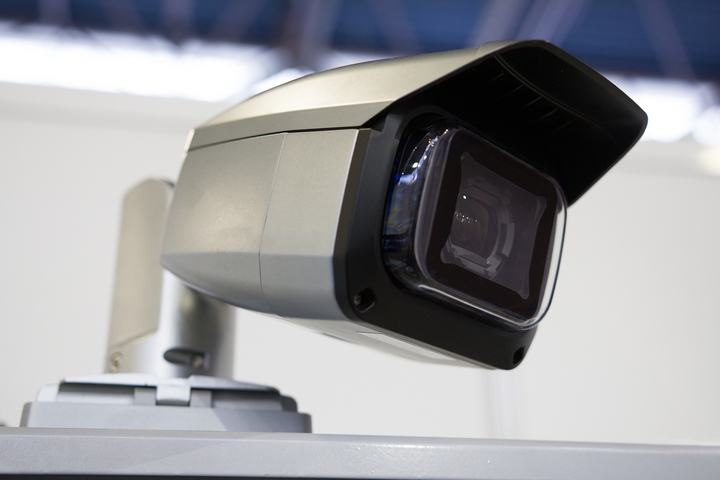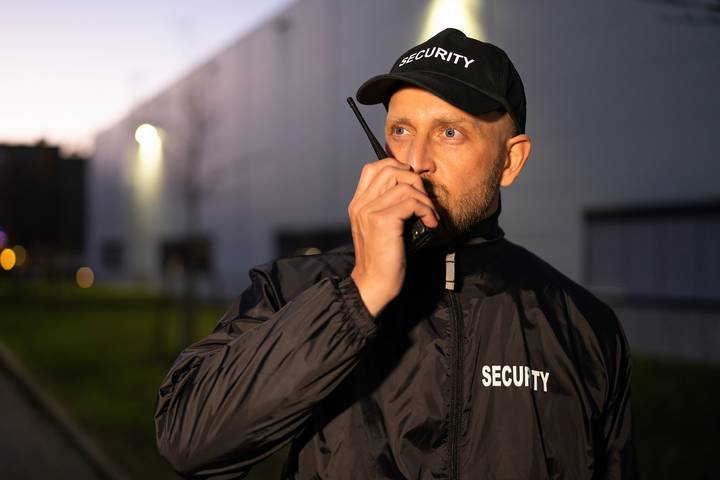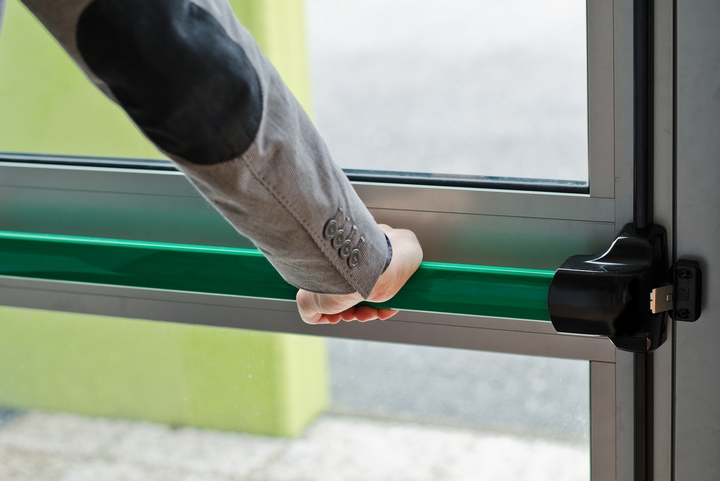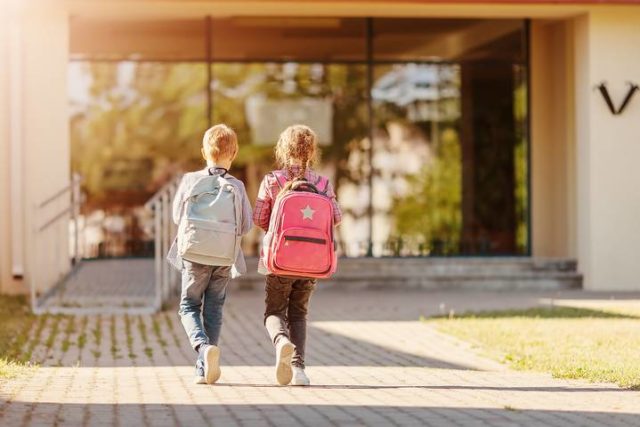With the rising cases of mass shootings in schools, the dialogue concerning safety and security plans for the facilities has increased across different countries. Schools are probably the second most vulnerable areas, after hospitals, regarding security threats because it revolves around our beloved children and the future.
Security is a very crucial subject when it comes to creating a secure and healthy environment for our little ones at school. You should think carefully about safety and security plans for the school to keep everyone safe. With that, the students, support staff, administration, parents, and the community will be at peace, knowing that schools are secure enough.
Therefore, school managers and owners must be actively involved in developing a strategic safety and security plan for the facilities; but how?
Here are eight effective ways to keep schools safe:
1. AI Security

AI security refers to adopting Artificial Intelligence technology into your security systems and data to protect students from potential vulnerabilities and threats.
Schools can incorporate the rapidly-developing technology through their security systems and plans, such as data privacy and detection of possible attacks. For instance, the school administration can install AI-powered surveillance systems throughout the facility to sense and identify upcoming security attacks.
Furthermore, experts have invented various technologies that can detect weapons, regardless of how much they have been concealed, ensuring maximum protection against criminals. Schools can incorporate AI security within and around the facilities in many other ways, such as facial recognition and behavioural mechanism.
2. Updated Security Systems

Integrating technological security systems across various school essentials is excellent, but keeping them updated with the latest features is incredible. As the school administration, you should look forward to maintaining timely updates on your security systems so you may enjoy maximum shield against cyber-attacks and physical crimes.
Most essentially, it would help if you started embracing high-quality security appliances from reputable brands/companies installed by qualified and experienced personnel.
3. Training

Knowledge is power- educating the school staff (drivers, resource officers, cafeteria attendants, custodians, secretaries, and security guards), students, and the administration concerning the latest security threats and trends.
Some vital areas you can train them on include emergency response practices, security procedures, control measures and awareness, and threat assessment. Even better, it would help if you had security professionals conduct the training for more outstanding results. Training goes a long way in ensuring maximum security in schools and surrounding areas.
4. Strategic Planning

Understandably, the most effective path to developing functional safety and security plans is planning strategically. While schools’ absolute safety and security system requires adequate planning, the starting line is more critical than the others. When formulating the security system, the school administration should gather the most experienced and qualified personnel in security matters within such facilities.
Your planning stage should also review past security issues that have been handled strategically or remained solid and up to date. Ensure to set your goals and objectives as a school and work on meeting them successfully.
5. Local Security Departments

The local security stations, officers, and departments significantly influence the general wellness of schools surrounding it. However, it’s primarily the responsibility of the school administration to initiate and maintain a healthy connection with the security officer for long-term benefits.
You can do so by organizing and participating in regular meetings with security officials. Liaise with the response team to stay updated on the latest emergency practices. Also, participate in security training offered by the local security officers. Provide the security and fire departments with the right floor plans and blueprints of their school for quicker and more effective response.
6. Security Awareness

Indeed, nothing beats awareness, especially regarding security. It simply refers to the knowledge and understanding of individuals regarding potential security threats and the relevant actions they can take in such situations. Schools can boost security awareness by organizing occasional meetings with parents, staff, administration, and students to educate one another on the latest security threats.
Such discussions are relatively beneficial as they reduce risks, improve emergency practices, and enhance the protection of vulnerable areas. It’s also a way of complying with the regulations, depending on the country you’re situated in.
7. Risk Assessment & Emergency Response Plan

Discussing security in any facility without touching on risk assessment and emergency response plans would be absurd. Risk assessment refers to studying and analyzing potential risks connected to your school that could negatively affect its security.
Some of the risk assessment practices include evaluating the current crime rates and the location of your school. Regarding emergency response, the school administration should develop a reliable plan outlining all the steps to be undertaken in case of security threats.
8. Mental Wellness

Statistics show that most mass school shootings are associated with mental instability. Therefore, the school administration’s role is to foster stable mental health for the students and support staff. You can do so by establishing a system that identifies and manages mental instabilities among students.
Additionally, counselling services and support staff should be freely available for students of different ages. The school administration should encourage parents to foster suitable environments for their children so they may stay stable at home and school.






